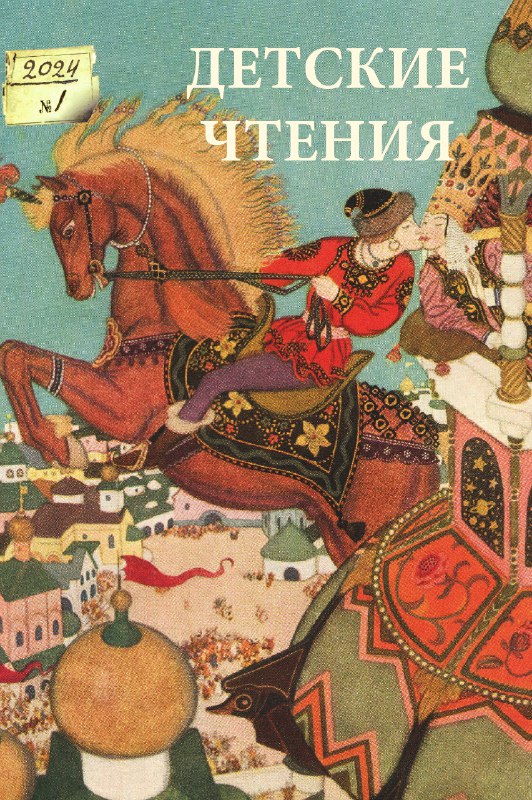KORNEY CHUKOVSKY’S UNKNOWN FAIRY TALE: THE ADVENTURES OF BABAR AND BABAR AND CELESTE IN MOSCOW
DOI:
https://doi.org/10.31860/2304-5817-2024-1-25-265-299Abstract
The article analyzes materials found in the Korney Chukovsky’s archive in the Russian State Library. The texts presented in the article were depicted by Chukovsky as “based on the drawings and French text by Jean de Brunoff” that means — The Travels of Babar (1932) by the French writer and artist Jean de Brunoff. The Russian translation is entitled The Adventures of Babar. The supplement to the article presents different versions of the translation found in the archive, which reflect Chukovsky’s edits, as well as texts written by Chukovsky as the continuation of the original plot — The Adventures of Babar and Celeste. Part two. Babar and Celeste in Moscow. These texts have never been published before. Their textual analysis makes it possible to depict The Adventures of Babar as a retelling, and the sequel episode Babar and Celeste in Moscow could be considered as an original story that has no French analogue. An attempt has been made to find out the dates when Chukovsky worked on the texts and to describe the specifics of editorial changes. The first version of The Adventures of Babar, which consisted of two parts, judging by the documents found, dates back to 1946–1948 and was intended for publication as a calendar with illustrations by famous animator and artist Mstislav Pashchenko. The second version of The Adventures of Babar was made with the aim of possible publication in the illustrated children’s periodical Funny Pictures in 1957. Work on this text was presumably continued at the very beginning of the 1960s, the purpose of the third revision is unknown. Korney Chukovsky didn’t include The Adventure of Babar and Celeste in Moscow in the second and third versions. Analysis of various versions of The Adventures of Babar allows us to judge that Chukovsky has significantly revised and expanded de Brunoff’s original. This could partly be due to the fact that the Russian edition was not supposed to use original illustrations from the French book and in that case the visual narrative needed to be retold in the Russian text. We could also assume that Chukovsky set a goal to adapt the text for the young Russian readers through significant domestication: for example, introducing Russian names — Aibolit, Barmaley, as well as transferring part of the story to Moscow.
Keywords: Korney Chukovsky, Jean de Brunoff, Mstislav Pasheko, children’s literature, translation of children’s books







